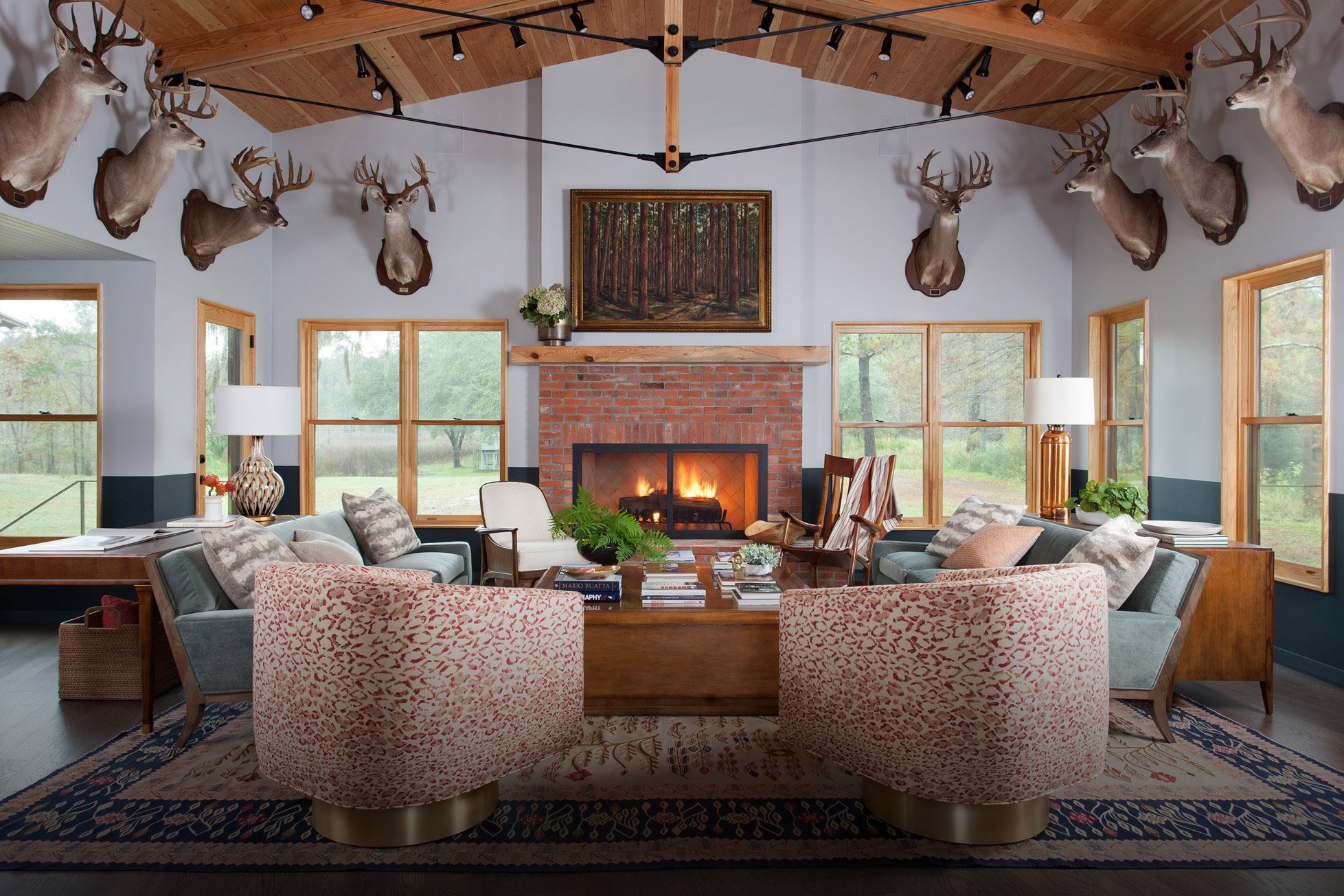
2024.02.06
A Peek Behind the Curtain
For our inaugural blog post, we thought providing some insight into how we think about and approach our projects would be a good place to start. So many people have the misconception that design is easy and is all about “picking” things you like and plopping them into a room together. When, in fact, there is science and theory behind it (I literally have a Master of SCIENCE from Pratt Institute!).
The final photographs of our finished projects may look effortless and the life of a designer may appear to be glamorous, but make no mistake, it takes a lot of EFFORT (research, documentation, coordination, herding cats, triple checking work -- ours and that of other people) to achieve what we do.
But before we wow you with the finished product, we start with a concept, an overarching idea that guides the entire creative and functional direction of a space and serves as the foundation for all decisions to be made during the design process.
Without one, you run the risk of producing disjointed, uncohesive work driven by emotion rather than creativity supported with a foundation and bound by guardrails.
At Scheer & Co, our concepts are driven by our design principles and elements: core guideposts that inform every decision and offer a structured yet flexible framework to achieve spaces that are functional, harmonious, and visually compelling. In the name of not being too wordy, we’ll just call them all design principles going forward. Cool? Cool.
Our core design principles not only serve as a foundation for balancing diverse elements within an interior, but they help transform abstract ideas into tangible designs, ensuring that each space feels intentional, cohesive, and reflective of the people who inhabit it.
Whether through the strategic use of scale to maintain proportion, layering to add depth and character, or blending historic and contemporary elements to tell a unique story, these principles allow us to shape environments that are timeless, engaging, and deeply personal.
Below is a deep-dive into each principle!
design principle
Scale / Proportion & Presence
Scale is a fundamental element of design and, for interiors, it’s essential for defining the overall feel, functionality, and aesthetic harmony of an interior space.
We strategically use scale to create balance and proportion, ensuring that every element in a room works together seamlessly without feeling too sparse or overcrowded.
By manipulating scale, we establish visual hierarchies and focal points that guide the viewer’s eye through the space in a purposeful, fluid flow.
design principle
Layering / Depth & Dimension
Layering adds depth, character, and sophistication, uniting diverse elements to create cohesive, multidimensional spaces.
We add layers to curate thoughtful compositions that maintain balance without overwhelming or overcrowding. Mixing textures and materials creates a timeless, dynamic feel, preventing rooms from feeling dated or bland.
We also use layers to help define spaces without the need for physical barriers, creating subtle visual boundaries that enhance both function and openness.
design principle
Blended Eras / Timeless Fusion
Blending eras is a crucial element in all of our work.
Combining elements from different periods and design styles to craft spaces that are rich in history, culture, and personal expression is what results in timeless spaces that transcend specific trends.
We blend eras to enable visual storytelling, where spaces evoke memories, narrate unique histories, and reflect the individuality of their inhabitants.
By mixing old and new elements without being constrained to one historical period, interiors become highly personalized, textured, and dynamic, celebrating the fluidity of culture and the evolving tastes of those who live within them.
design principle
Color / Chromatic Balance
One of our favorite, most impactful design tools is using color to create a sense of cohesion between spaces - a well-considered palette ensures seamless transitions from room to room
Our goal is not to overwhelm or create visual clutter but rather intentionally enhance architectural features, highlight details and create focal points
design principle
Forms / Shape & Silhouette
While we appreciate minimalist interiors, it’s important that the spaces we design don’t feel monotonous, with repetitive forms or a lack of interest. Visually engaging, and emotionally resonant spaces are the goal.
A thoughtfully curated mix of geometric and organic silhouettes, with pieces from various periods, balance boldness with softness, lightness with groundedness, and function with artistry -- an interplay that creates a richer, more memorable experience
By thoughtfully applying these principles we ensure that each project tells a unique story, reflecting the individuality of its inhabitants and allows us to create spaces that are not only aesthetically pleasing but also deeply personal and functional. Our commitment to these core concepts ensures that our designs remain timeless, engaging, and harmonious, providing environments where beauty and practicality coexist seamlessly.
As we continue to share our design process, inspirations, and behind-the-scenes insights, we hope to offer a deeper appreciation for the artistry and expertise that go into creating meaningful interiors. Stay tuned—there’s so much more to come!










